 Shutterstock
Shutterstock
If you’ve ever looked at a medieval tapestry and thought, “That knight’s dog could totally wrestle a dragon,” you’re not alone. In the days of jousts, castles, and questionable hygiene, massive, majestic dogs symbolized power, nobility, and fierce loyalty. These weren’t lap warmers—they were hunters, guardians, and companions to knights, lords, and maybe a cloaked wanderer or two. With flowing coats, muscular frames, and eyes full of ancient wisdom, these breeds are the legendary four-legged warriors of medieval lore.
Irish Wolfhound
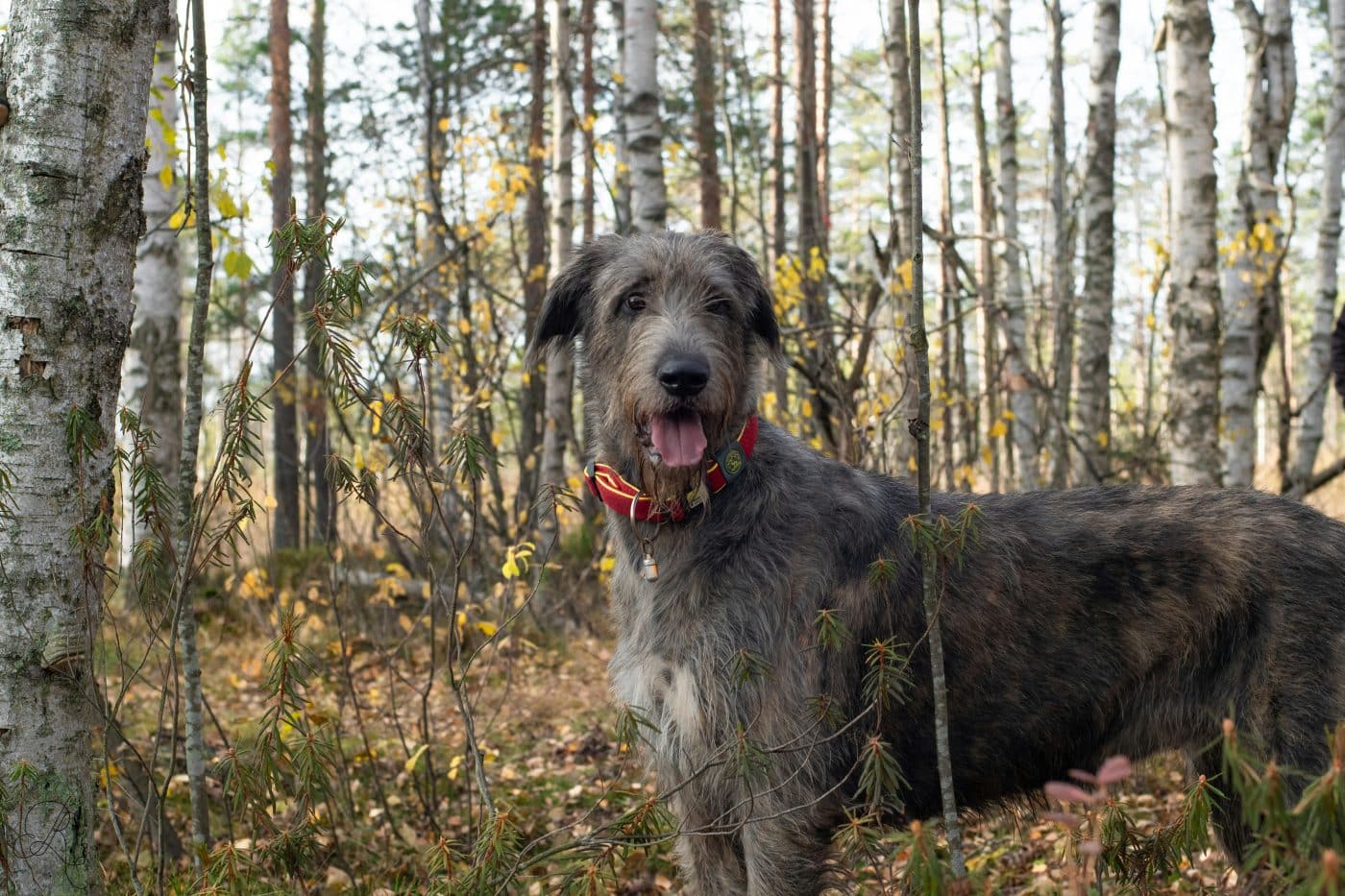 Shutterstock
Shutterstock
The Irish Wolfhound is the stuff of legends—literally. Towering above most other breeds, this shaggy giant was once used to hunt wolves and big game across the misty hills of Ireland. Noble families prized them not only for their hunting prowess but also for their regal and gentle demeanor. With their wiry coats and long limbs, they look like the kind of dogs who would calmly walk through a battlefield while wearing chainmail. If medieval art had an official mascot, the Irish Wolfhound would absolutely be galloping across it in dramatic, windswept glory.
Great Dane
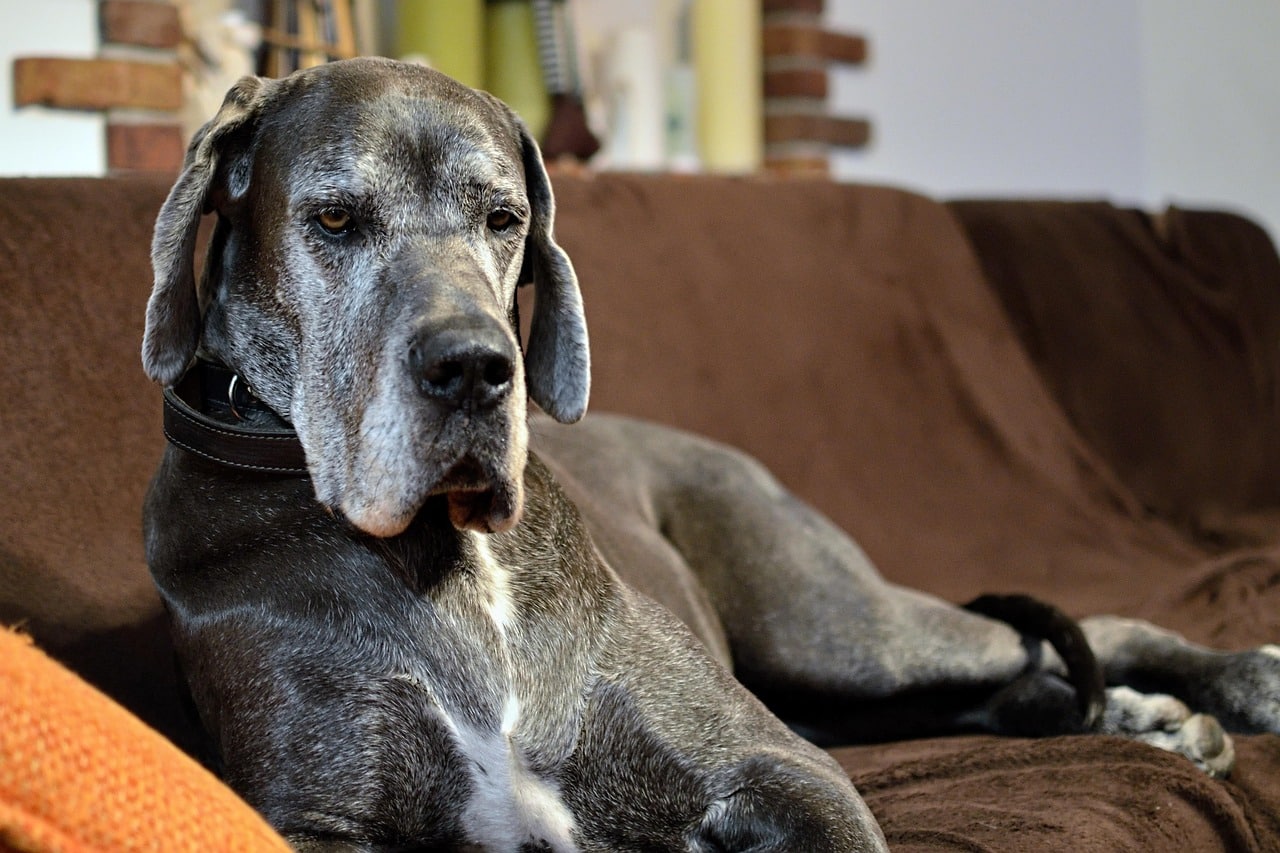 Shutterstock
Shutterstock
Known as the “Apollo of dogs,” the Great Dane has a noble presence that would look perfectly at home standing guard next to a suit of armor. Originally bred to hunt wild boars, these dogs were fierce when needed yet elegant and dignified in the royal court. Their tall, muscular frame and smooth, majestic gait make them ideal companions for kings and dukes in any medieval scene. Picture one walking through a stone hall with stained glass windows—yep, that’s definitely tapestry-worthy. Plus, any dog that could double as a horse for a small squire earns a spot on this list.
Leonberger
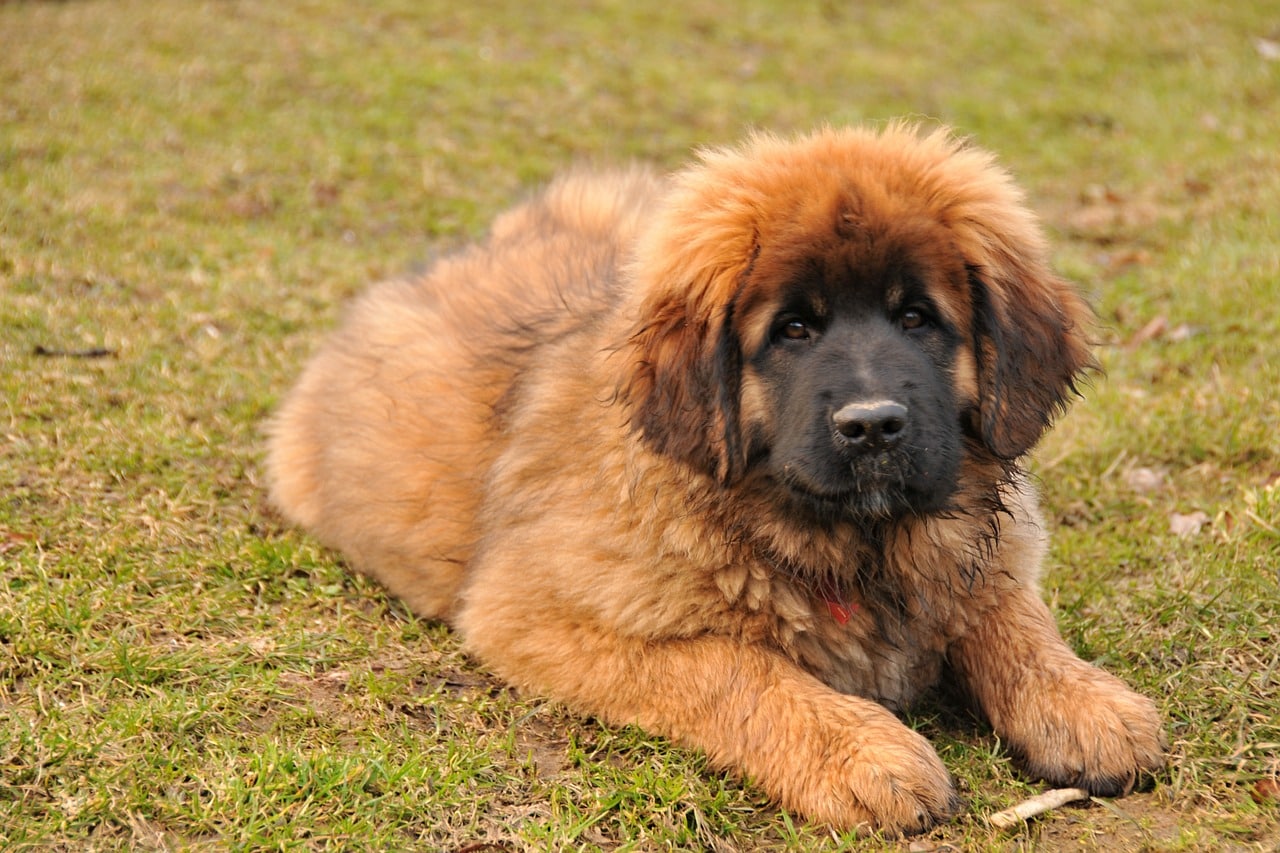 Shutterstock
Shutterstock
The Leonberger looks like it was handcrafted by a medieval artist who wanted the perfect mix of lion, bear, and cloud. Massive, noble, and surprisingly graceful, this breed was developed in Europe to resemble a lion—how medieval is that? With their thick, flowing mane-like fur and soulful expression, they would look absolutely glorious sitting beside a crowned queen or guarding a castle gate. They weren’t around in medieval times per se, but they should have been. Honestly, no tapestry is complete without a dog that looks like it’s also qualified to rule a kingdom.
Scottish Deerhound
 Shutterstock
Shutterstock
Long before the Scottish Deerhound became a couch snuggler, it was the prized hunting companion of Highland nobility. Bred to chase and bring down massive red deer across rough terrain, these wiry-coated hounds are built for speed and nobility. Their long legs, graceful frames, and noble faces would be right at home embroidered beside a kilted warrior with windswept hair. There’s something ancient and almost mystical about them as if they’re halfway between dog and myth. Any medieval castle worth its moat would have one lying elegantly by the fire.
Borzoi
 Shutterstock
Shutterstock
With their elongated snouts, flowing coats, and aristocratic aura, Borzois look like they were dreamed up by a medieval poet after too much mead. While they gained fame in Russian courts, their elegant build and dignified stance would have made them showstoppers in any medieval European court. These dogs are made for drama—the kind of creature you’d find lounging beside a noblewoman or bounding silently through a moonlit forest in pursuit of a phantom deer. They embody beauty, grace, and “Don’t touch my fur, peasant.” In tapestry terms, they’d be the scene-stealers.
Mastiff
 Shutterstock
Shutterstock
Ah, the Mastiff—the medieval equivalent of a living battering ram with a heart of gold. These enormous dogs were used to guard castles, fight in battles, and protect noble families. Their immense size and strength made them legendary defenders, but they were also gentle giants with their people. With a face that says, “I’ve seen a hundred winters and will see a hundred more,” they fit perfectly into any tapestry featuring knights, epic battles, or dramatic feasts. If the tapestry has a dragon in it, chances are the Mastiff already chased it away.
Komondor
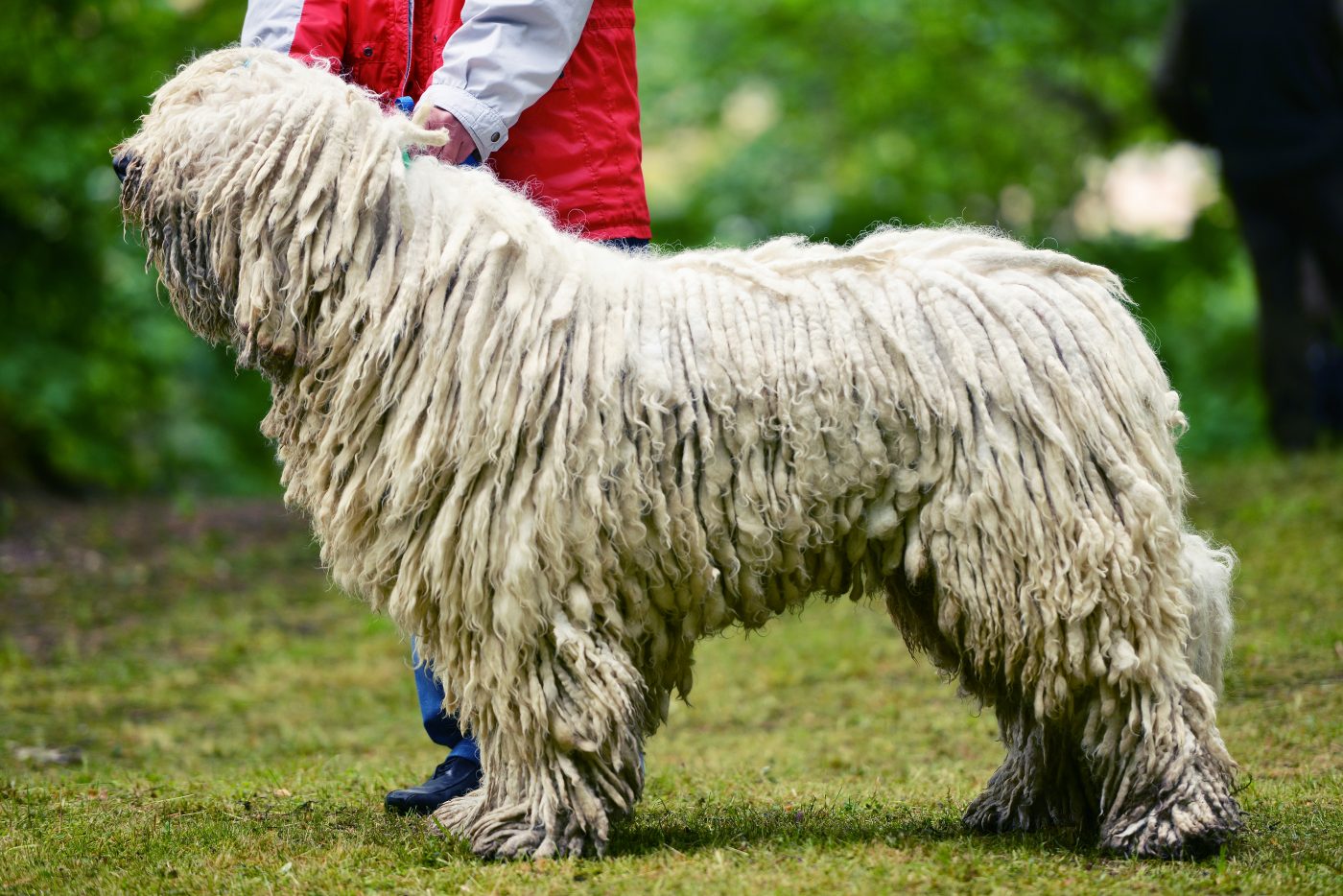 Shutterstock
Shutterstock
If you’ve ever wanted a dog that looks like it could blend in with a pile of medieval rugs, meet the Komondor. With its mop-like, corded coat, this Hungarian livestock guardian looks like it was made to star in a tapestry—even if half the viewers would assume it’s a magical broom. Komondors were fiercely protective and brave, keeping herds safe from predators. Their unique coats also provided insulation and protection, making them well-suited for the cold stone environments of medieval farms and fortresses. Add a little artistic flair, and suddenly it’s a shaggy legend woven into history.
Pyrenean Mountain Dog (Great Pyrenees)
 Shutterstock
Shutterstock
Noble, strong, and dressed in a flowing white coat fit for royalty, the Great Pyrenees guarded flocks and castles alike in the snowy mountains of France and Spain. These dogs were revered for their loyalty and bravery, often seen patrolling darkened hillsides or standing proudly at their master’s side. Their serene expression and dignified demeanor make them look like they should be guarding a princess—or possibly judging a jester. With their pure white fur catching the torchlight just right, they practically beg to be immortalized in medieval threads.
Newfoundland
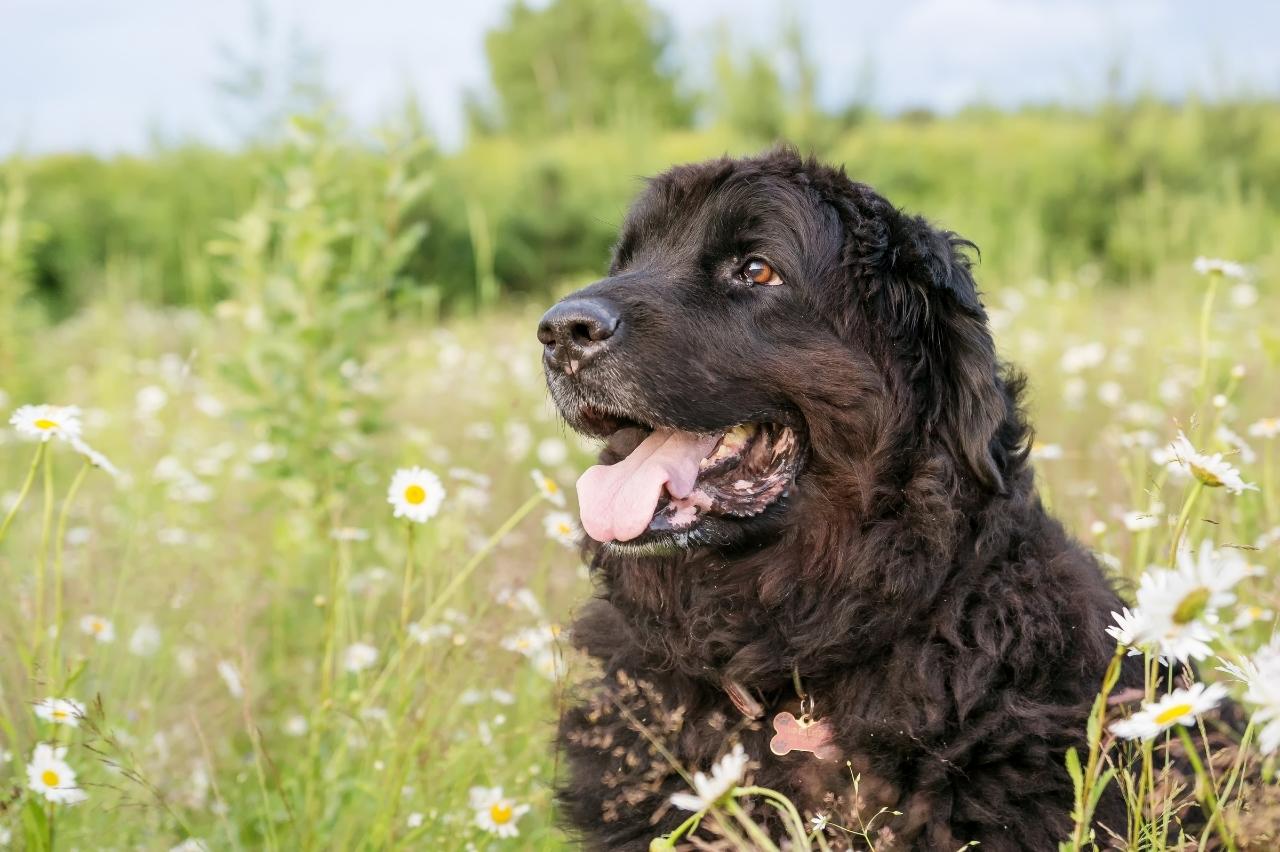 Shutterstock
Shutterstock
Big, strong, and heroic, the Newfoundland is the medieval lifeguard who would save a drowning knight while pulling his horse to shore. Though they gained fame in later centuries, their massive frame and kind eyes would make them perfect companions for sea-bound explorers, shipwrecked monks, or mysterious island hermits in any medieval tale. Their water-resistant coat and natural rescue instincts are the stuff of legend. If your tapestry features stormy seas and brave rescues, there’s a good chance a Newfoundland is paddling through the embroidery.
Cane Corso
 Shutterstock
Shutterstock
The Cane Corso descends from ancient Roman war dogs, and you can absolutely imagine one trotting beside a fully armored knight like it owns the battlefield. With their muscled build, sharp gaze, and intimidating presence, they’re not just tapestry-worthy—they’re tapestry-commanding. These dogs were used for protection, hunting, and even combat, making them the Swiss Army knife of medieval dog breeds. They wouldn’t just appear in the background—they’d be center frame, staring down a villain with a “not today, villainous scum” vibe.
Estrela Mountain Dog
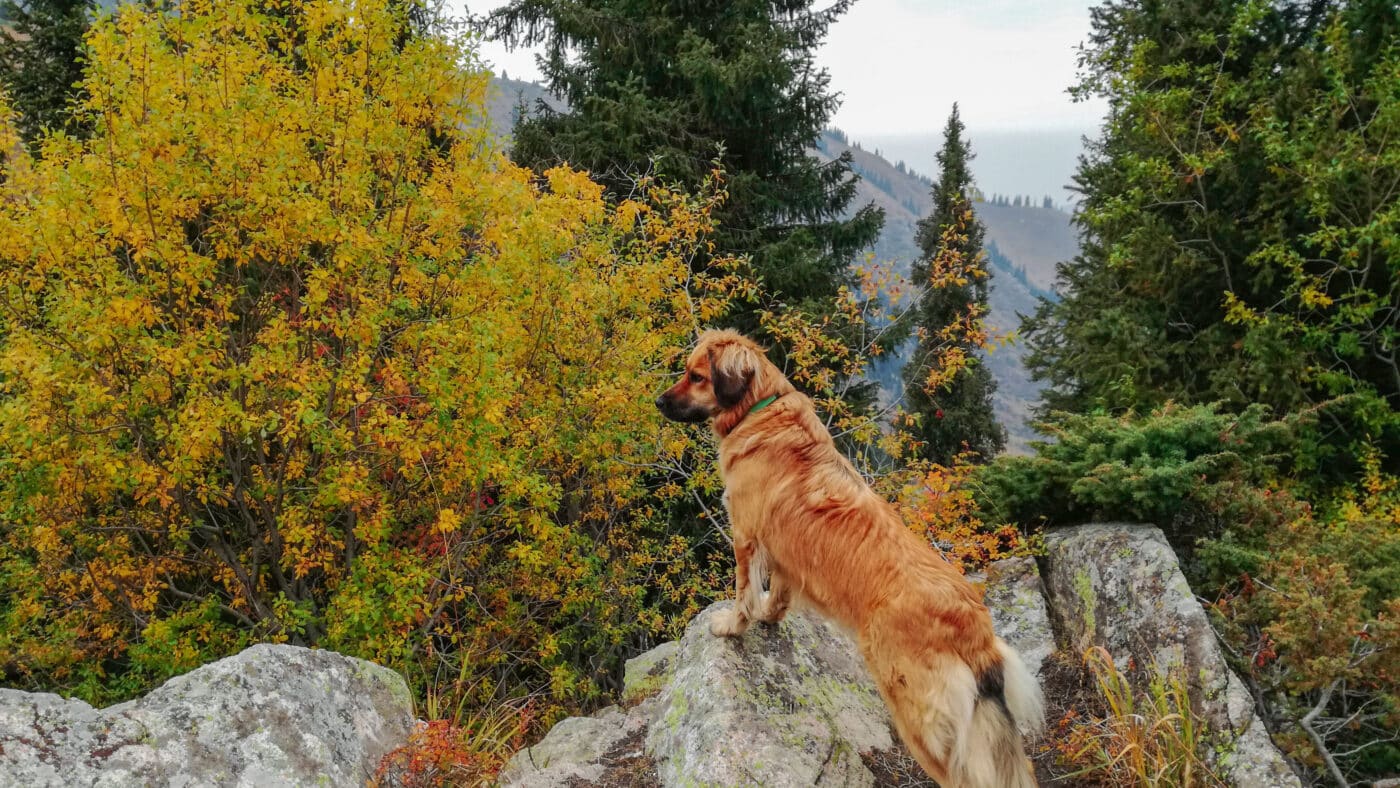 Shutterstock
Shutterstock
From the rugged mountains of Portugal comes the Estrela Mountain Dog—a large, protective, and deeply loyal guardian. These dogs were bred to defend flocks from wolves and thieves, making them ideal for medieval life in remote valleys and highland villages. Their thick coats and powerful presence make them look like silent sentinels guarding ancient secrets. Tapestries depicting quiet mountain life or pastoral scenes would be incomplete without this stoic beast resting under a tree or watching the horizon with purpose. Think of them as medieval security with luxurious fluff.
Anatolian Shepherd
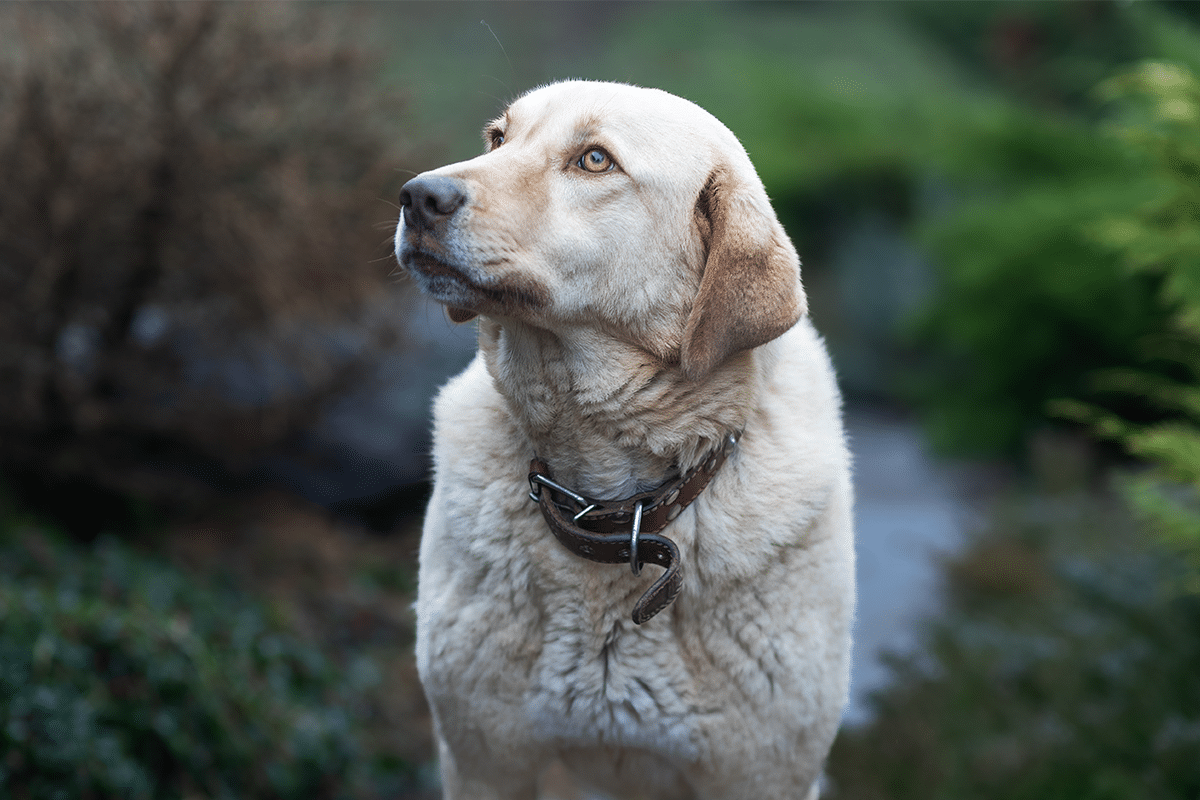 Shutterstock
Shutterstock
Straight out of the ancient hills of Turkey, the Anatolian Shepherd has the build and temperament of a mythological guardian. These large, hardy dogs were bred to protect livestock from predators in harsh climates—no knights or spells needed. Their no-nonsense expressions and powerful build give off serious “don’t mess with my flock” energy. If a medieval tapestry had a shepherd boy and a flock on one side and a snarling wolf on the other, the Anatolian would be standing calmly in the middle, daring the wolf to try its luck. Spoiler: the wolf backs off.
Saint Bernard
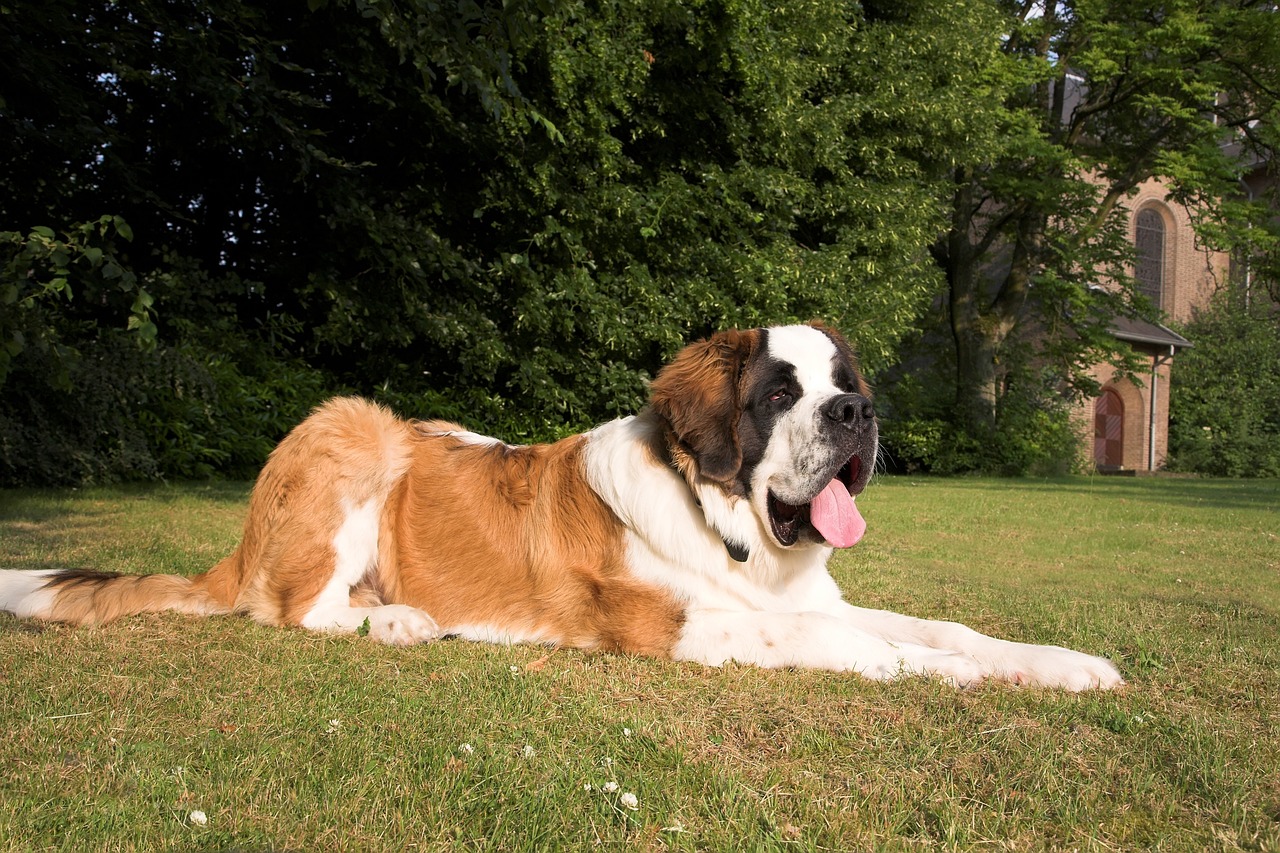 Shutterstock
Shutterstock
Before they were brandy barrel-wearing snow rescuers, Saint Bernards were monks’ best friends in the Swiss Alps, helping travelers cross dangerous mountain passes. These gentle giants look like they were hand-painted by a medieval monk who ran out of saints to canonize and chose his dog instead. Their massive heads, solemn eyes, and endless patience be the perfect addition to any religious tapestry scene—or any medieval meme about the weather. No winter tale is complete without one of these woolly heroes trudging through the snow, saving souls, and demanding belly rubs.
Thou Shalt Pet the Royal Fluff
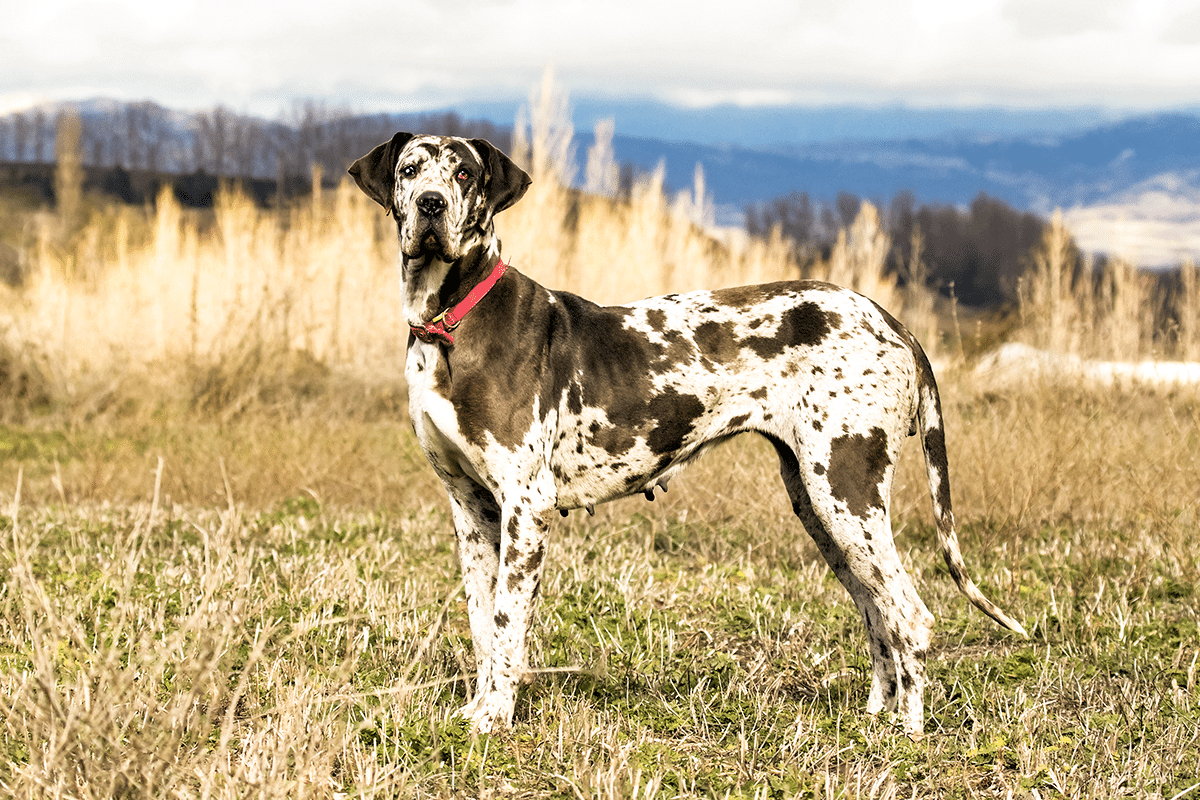 Shutterstock
Shutterstock
These mighty, majestic dogs look like they leaped straight from a castle corridor or medieval tapestry. Whether guarding livestock, storming into battle, or lounging regally by a stone hearth, they carry centuries of nobility and grit in every paw step. So when your oversized pup dramatically flops at your feet, know they’re not just being extra—they’re channeling ancient royal vibes. Honor their legacy, noble squire, and promptly deliver the royal snack. A treat, after all, is a small price for centuries of loyalty and fluff.
 Toledo, United States.
Toledo, United States.
